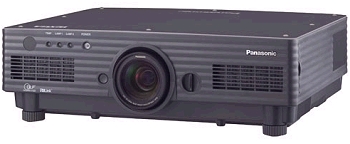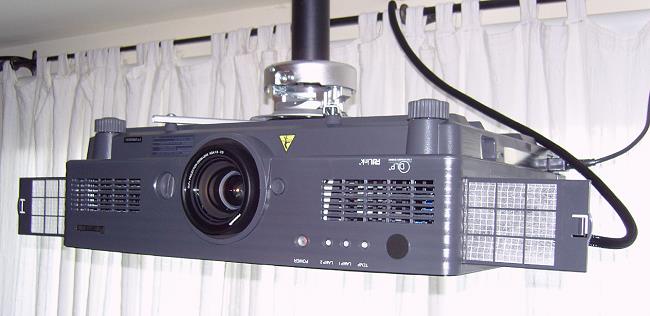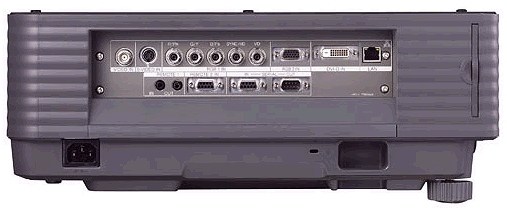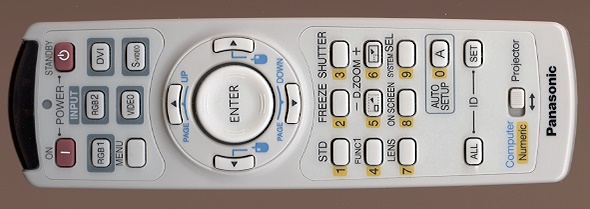|
|||||||||
|
Introduction When shopping for digital projectors, you might notice that they are categorized as home theater or business. Well, at least they used to be. Now, even some of the business projectors mention home theater in their description. The reason they were categorized goes back to when contrast was a real problem. Manufacturers got around this by taking away some of the brightness when the projector was for a home theater. So, a typical business projector had plenty of brightness for the board room presentations, but not very good contrast. Of course, no one in the board room cared about contrast. They just wanted to see the graphs. If the blacks were dark gray, so what? But, in the home theater, contrast - and what was really meant here . . . deep blacks - was king. The price was not a lot of brightness. We kept telling ourselves that commercial movie theater screens are not all that bright, so the director must intend for us to view our movies with a rather dim image on the screen. Well, I say that is nonsense. The image in a commercial theater is dim because they can't get more brightness without setting the theater on fire. The projectors use an extremely bright source (occasionally an electric arc) to produce the image, and it is very, very hot. But, the screen is huge, and that brightness is spread out so much, the resulting picture is not very bright - at least in most theaters I have been to. Now, when you are young, this may not be a problem, but as you age, your retina thins out, and it is quite a bit less sensitive to light. So, if you go to a commercial theater or watch a movie in your own home theater with a projector that does not put out much light, say 400 lumens when you have calibrated everything (the brochure specification is for the maximum light output with the brightness control turned up all the way, but you would never watch it like that, because it washes out the image), it may have good blacks, but some of the dark grays will also look black to you because your eyes are not responding to those dark grays. The Panasonic PT-DW5000U A couple of months ago, I saw some press release information on Panasonic's projectors that are designed for bigger venues, like bars, where patrons might want to watch football while they have their libations. One of these is the PT-DW5000U, which is a single-chip DLP unit, 720p, rated at 4,500 lumens output (again, that is with the brightness turned all the way up). It uses two bulbs to get that brightness. You can use it with one or both bulbs operating. I figured that, at a usable setting, I might get the brightness that I have been wanting for such a long time (I am 61, and suffer from the "too dark" issues that I discussed above). The projector arrived for review, and I set it up with great anticipation. Here was a projector that was designed for more of a "commercial" venue, but was definitely a possibility for home use . . . I hoped. It weighs about three times as much as typical home theater projectors, so I was a bit cautious about attaching it to my ceiling projector mount, but it was fine. One of the various sets of screws that came with the mount fit perfectly, and the mount held the projector (photo below). Notice that the dust filters are on the front-side, and you just slide them out for cleaning (I slid them out for the photo).
The lens is very high quality, and it has electronic (from the remote control) vertical shift. Horizontal lens shift is controlled by the dial seen to the left of the lens in the photo. It also has electronic focus and zoom. The inputs are on the side of the projector, and consist of one DVI with HDCP, one component with sync (BNC), one S-Video, one composite, RS-232, and an Ethernet port. The Ethernet connection lets you control the projector from a computer, and this could be handy in that bar I mentioned where the bartender could adjust the color or other parameter without having to deal with the remote control.
The remote control is small and easy to use. All of its features are duplicated on a panel located on the rear of the projector.
|
|||||||||







